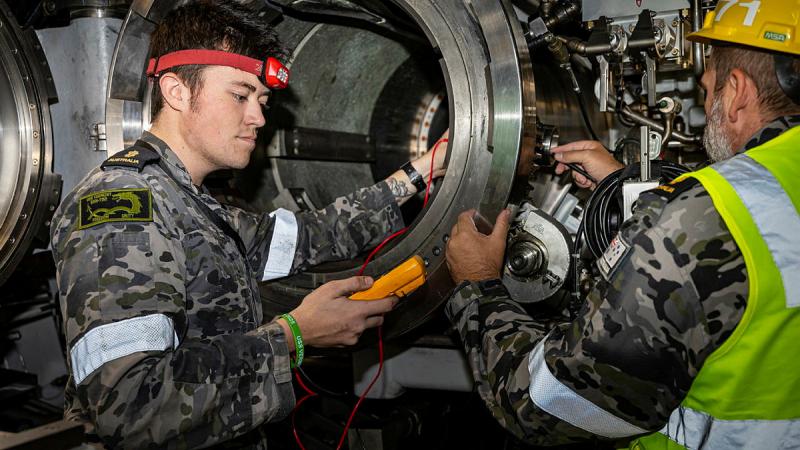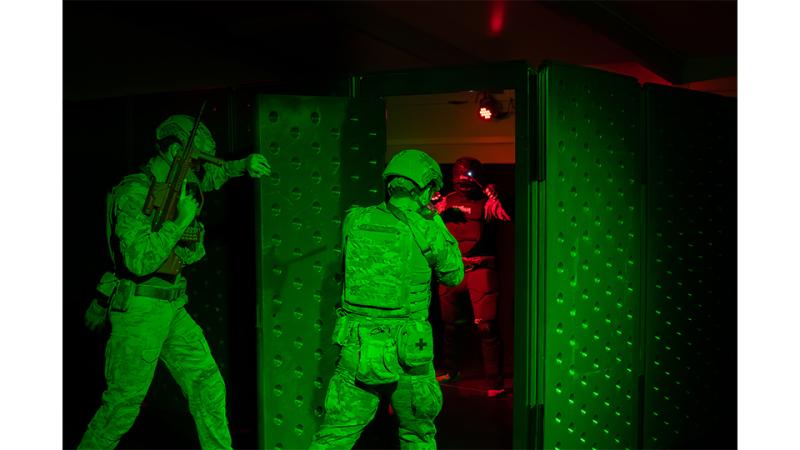8 October 2025
It’s been six months since the Buccaneer Main Mission satellite was launched into low-Earth orbit and the team at Defence Science and Technology Group (DSTG) is thrilled with its progress.
Spacecraft Assembly, Integration and Test Lead, Paul Alvino said since then, Buccaneer Main Mission has been “kicking goals”.
“It’s demonstrated all of its primary experimental objectives, and is currently working through its secondary objectives,” Mr Alvino said.
The fully operational nanosatellite, known as a CubeSat, is collecting high-frequency measurements to better understand radio-frequency propagation through the ionosphere.
The team at DSTG, based in South Australia, has been keeping a close eye on the nanosatellite’s progress as it orbits the Earth about 13 times a day.
Just a month after launch, Buccaneer’s primary system successfully deployed a 3.2m cross-shaped antenna – an antenna system that Primary System Lead Mark Jessop said was more than 10 times the length of the nanosatellite itself.
The team has now performed more than 60 data collections using Buccaneer’s digital high-frequency receiver.
“Very recently, the primary system also performed an on-orbit firmware update, enabling us to perform additional experimental activities, and demonstrating how configurable these nanosatellite systems can be to adapt to Defence needs,” Mr Jessop said.
'This marks the first known successful use of a liquid lens in space, and we could not be more excited with the result.'
Buccaneer was launched during a solar maximum period, meaning the radiation environment was at its harshest point in an 11-year solar cycle.
During its six months of operation, the nanosatellite has experienced at least 10 radiation-induced anomalies.
“All of these radiation events were detected by the satellite, reported to operators, and recovered,” Mr Alvino said.
“We made sure the component we were sending up to space would survive the environment, and implemented various hardware and software mitigation strategies to ensure that radiation errors were corrected automatically.”
One of Buccaneer Main Mission’s secondary systems is the Manoeuvrable Antenna and Terrestrial Imaging System (MANTIS).
The unique sovereign system features a re-deployable scissor-arm that holds a rotatable dual-surface mirror; with a convex side for self-imaging and a flat side for Earth-imaging – to put it simply, that means Buccaneer is equipped with a selfie-stick.
In August, MANTIS was deployed for the first time from the CubeSat, and using its liquid lens for adjustable focusing, the DSTG team captured multiple self-images of the satellite.
“This marks the first known successful use of a liquid lens in space, and we could not be more excited with the results,” Mr Alvino said.
The exploration of these deployable components enables smaller and more versatile systems – important for small satellites with tight mass, volume and power constraints.
Buccaneer Main Mission is now pursuing stretch objectives, and positioning Defence at the Australian forefront of space engineering.


